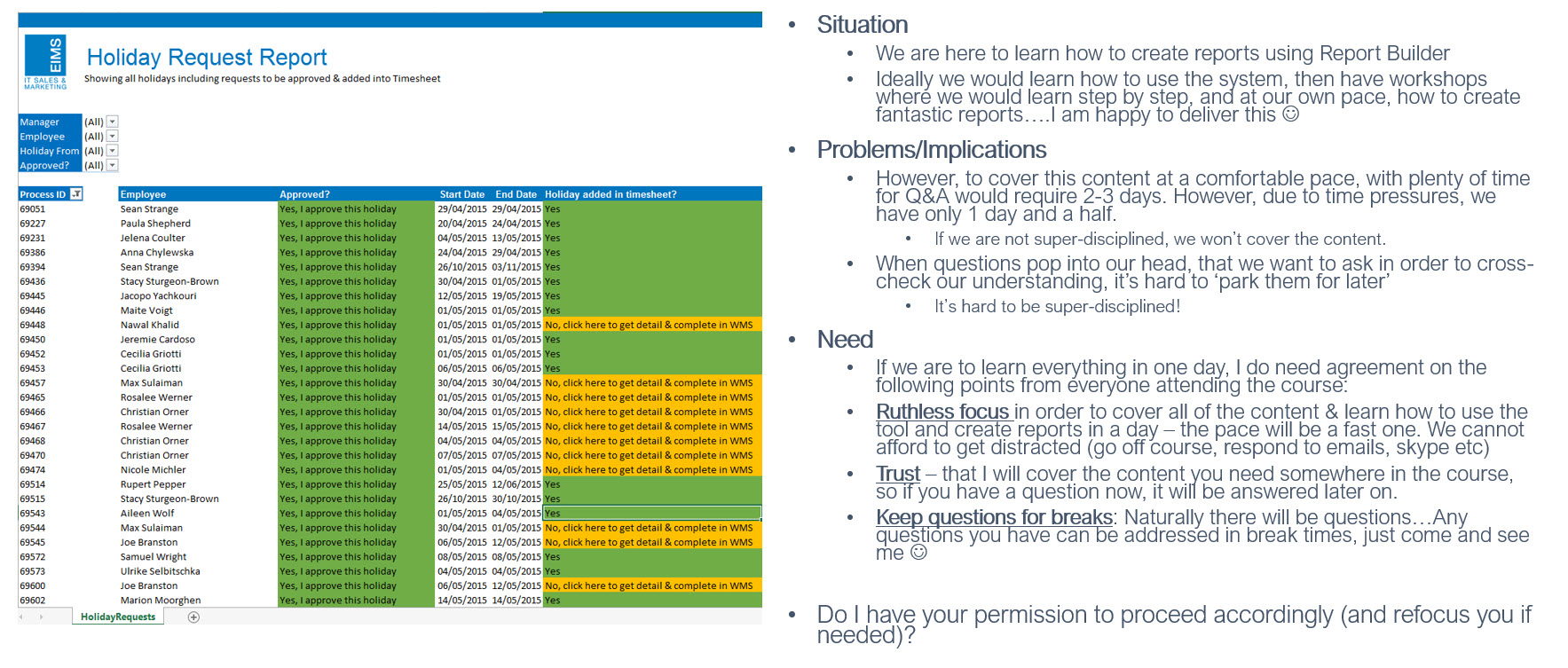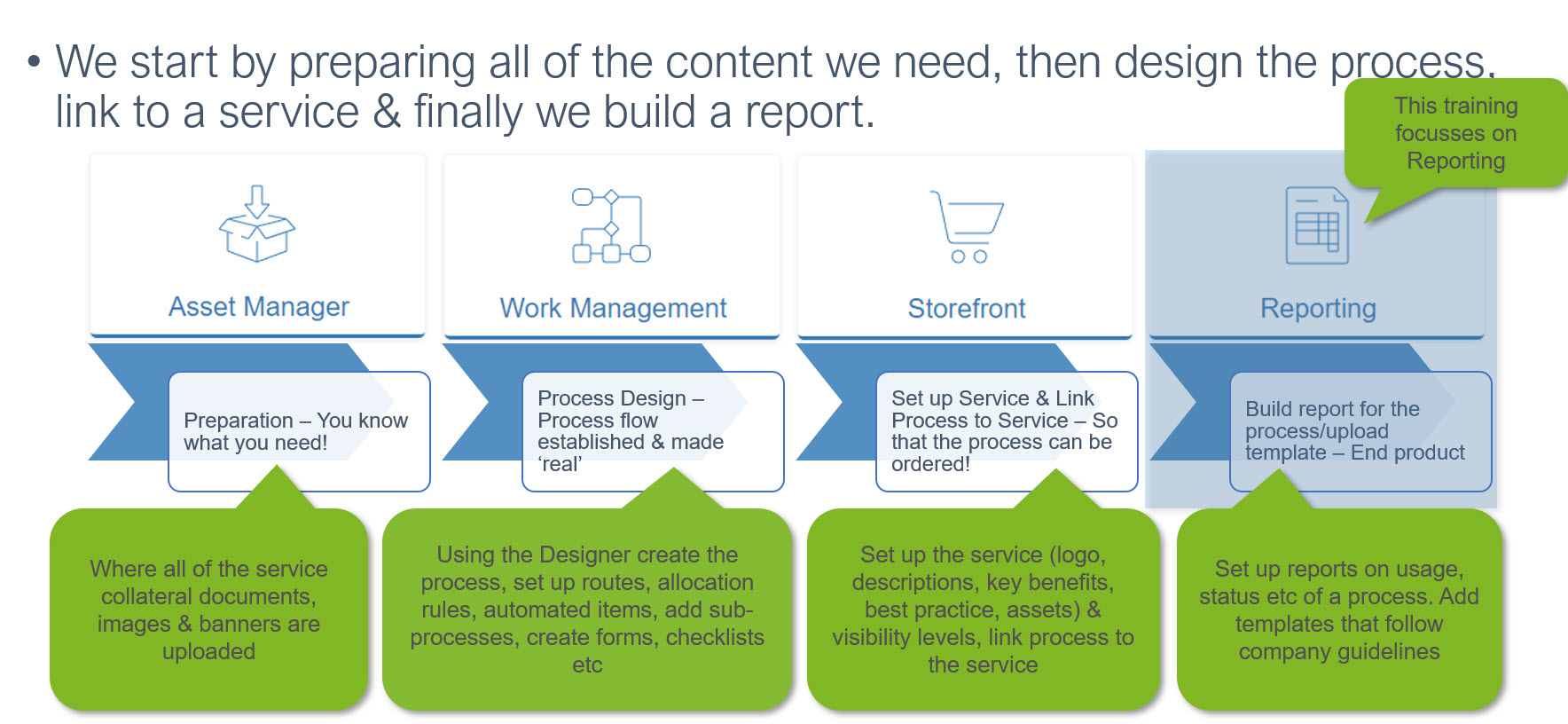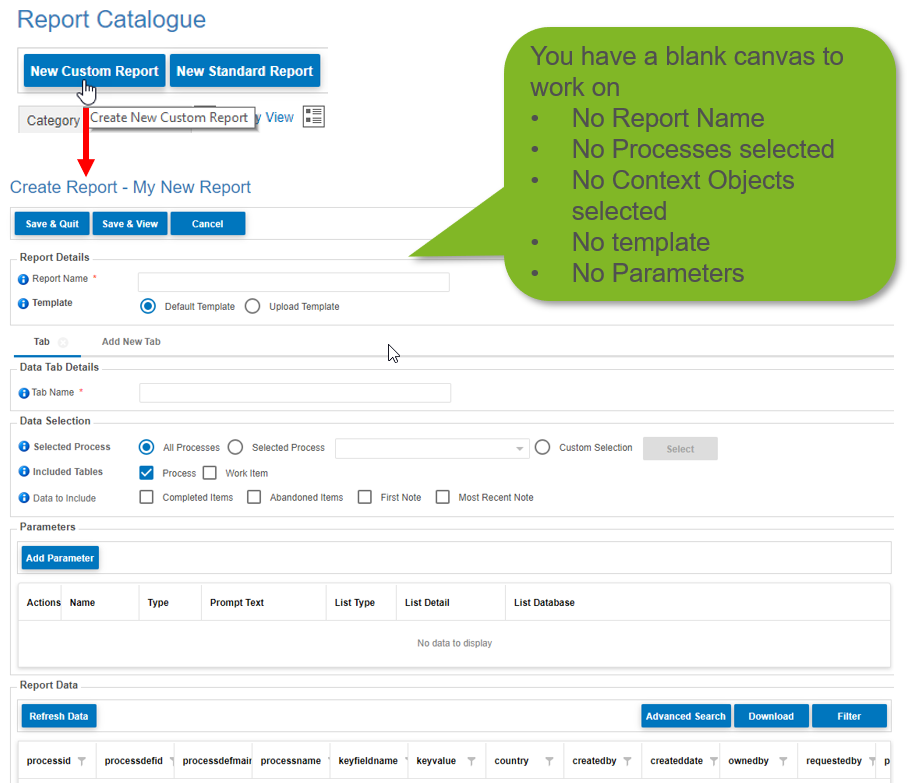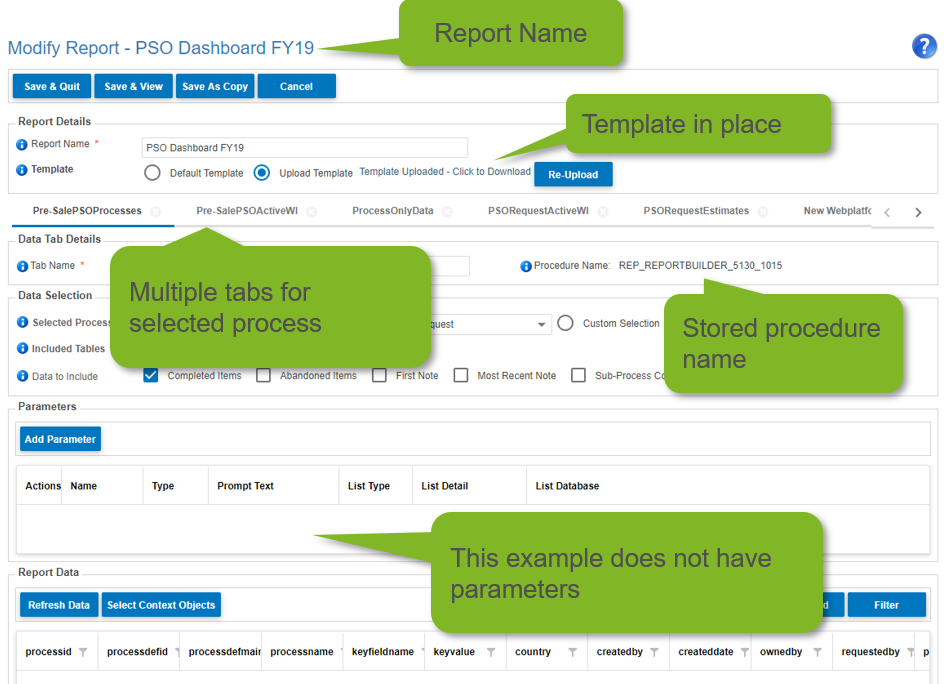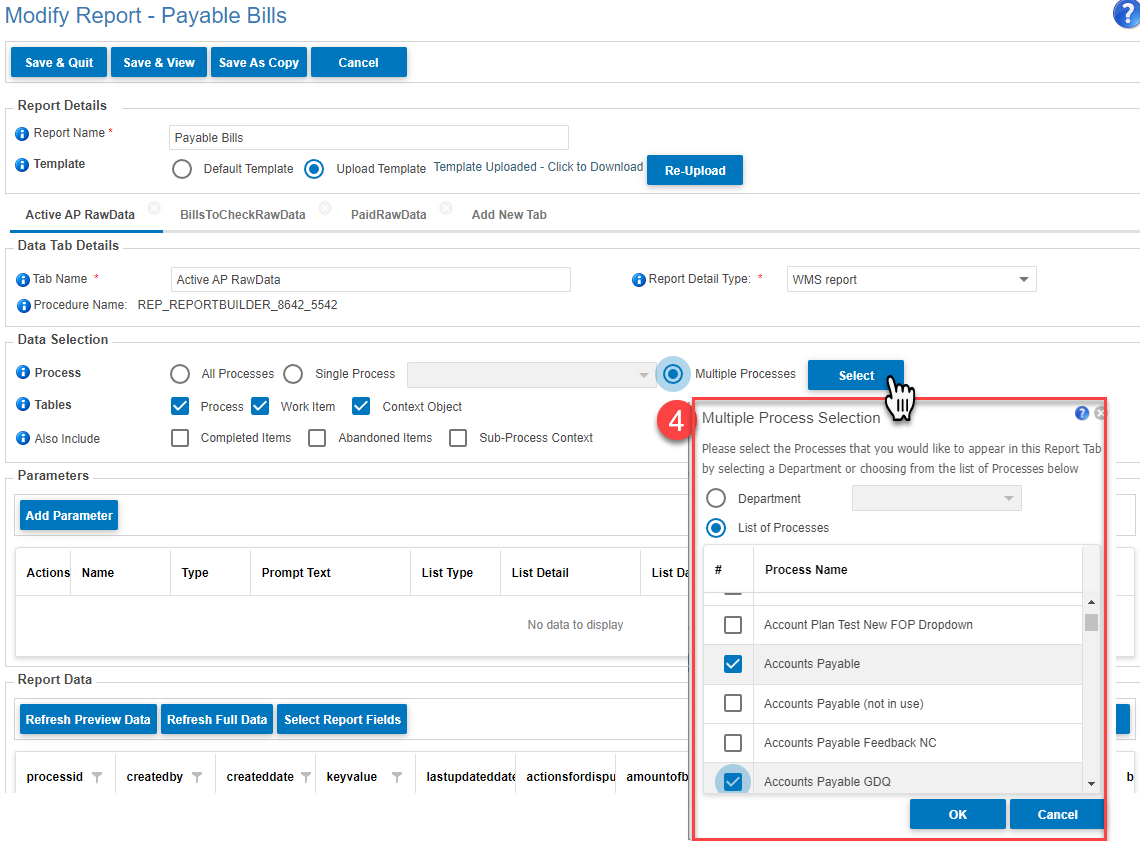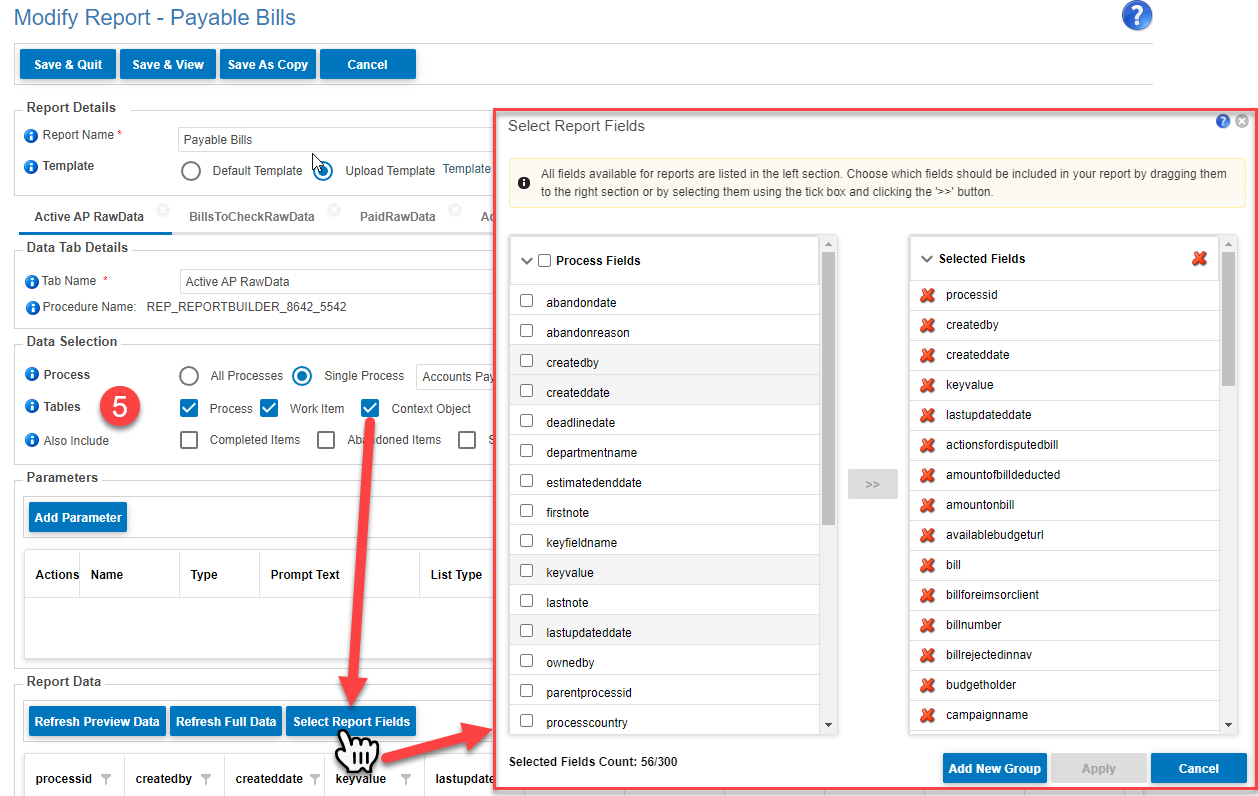Create a Report
Start with the fundamental: Know your purpose.
If you do not have a clear understanding of a) why you need the report and b) what it needs to deliver, then you should not attempt to create a report. You're wasting time!
Before you create a report you must know what your data source is and how the data must be presented to it's intended audience.
Do your homework - find out if all the information you need to show exists in the source and make sure you have a dummy report you have signed off with the report owner so that you know what you must deliver.
This might seem basic to you, but you'll be surprised at the number of times someone has told you 'I need a new report!' & 'I need this new report ASAP!' yet they have no idea what it is that this new report needs to show once you start qualifying the need... Hence the comment above...You're wasting time!
So please, please do not build unnecessary and useless reports.
We have prepared training for report builder. Your learning journey begins now:
In order to achieve… we must…
